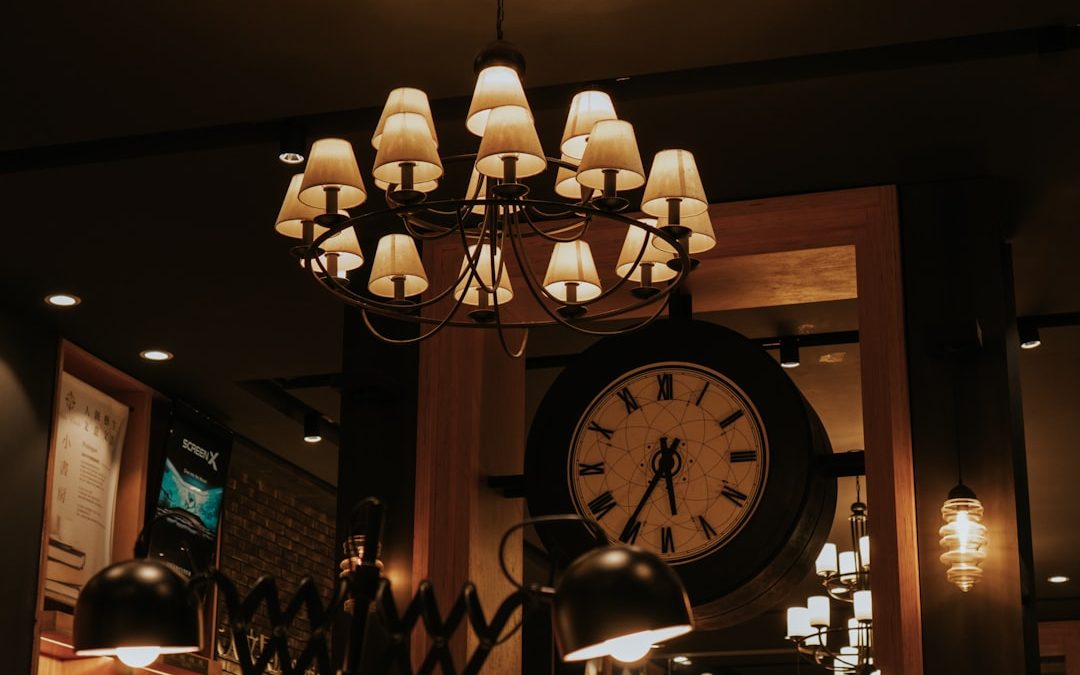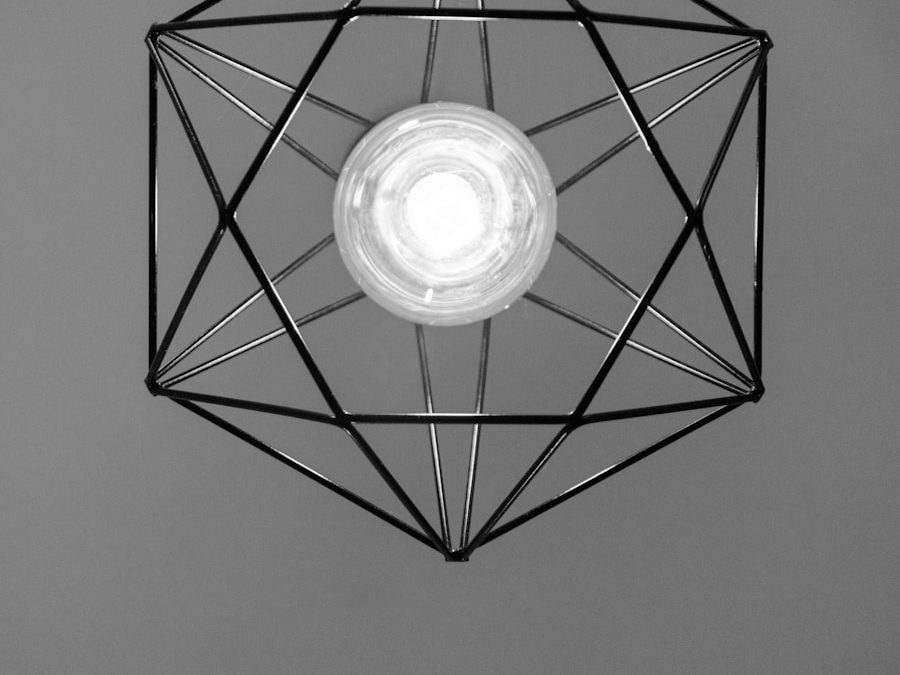Revolutionizing Interiors: Modern Design
Interior design Furniturei has come a long way over the years, evolving from simple and functional spaces to intricate and artistic creations. The field has seen a shift from traditional styles to more modern and innovative designs. With the constant advancements in technology and the growing awareness of sustainability, interior design has become more dynamic and exciting than ever before. It is crucial for designers to keep up with current trends and innovations in order to create spaces that are not only aesthetically pleasing but also functional and sustainable.
The Evolution of Modern Interior Design: From Minimalism to Maximalism
Minimalism and maximalism are two contrasting styles that have shaped the world of interior design. Minimalism focuses on simplicity, clean lines, and a neutral color palette. It emphasizes the use of space and natural light, creating a sense of calm and tranquility. On the other hand, maximalism is all about bold colors, patterns, and textures. It embraces an eclectic mix of styles and objects, creating a visually stimulating and vibrant space.
Over time, these styles have evolved to incorporate elements from each other. Minimalism has become more warm and inviting, with the addition of natural materials and pops of color. Maximalism has become more refined and curated, with a focus on balance and harmony. Designers are now experimenting with combining these styles to create unique and personalized spaces that reflect the individuality of the homeowner.
Innovative Materials and Techniques: The Future of Interior Design
The future of interior design lies in the use of innovative materials and techniques. Designers are constantly exploring new ways to push the boundaries of what is possible in terms of materials and construction methods. For example, 3D printing is revolutionizing the way furniture is made, allowing for intricate designs that were once impossible to achieve.
Additionally, sustainable materials such as bamboo, cork, and recycled materials are becoming increasingly popular in interior design. These materials not only have a lower environmental impact but also add a unique and natural element to the space. Designers are also experimenting with new techniques such as biophilic design, which incorporates natural elements into the built environment to improve well-being and connection to nature.
The Intersection of Technology and Design: Creating Smart Homes
Technology is playing a significant role in shaping the future of interior design. Smart homes, which are equipped with automated systems that control lighting, temperature, security, and entertainment, are becoming increasingly popular. These systems can be controlled remotely through smartphones or voice commands, making it easier than ever to create a personalized and convenient living space.
In addition to smart home systems, technology is also being integrated into furniture and appliances. For example, there are now beds that can track your sleep patterns and adjust the temperature accordingly, as well as refrigerators that can create shopping lists based on what is inside. These advancements in technology not only enhance the functionality of the space but also improve the overall quality of life for the homeowner.
The Rise of Sustainable Design: Eco-Friendly Interiors for a Better World
Sustainable design is becoming more important than ever as we strive to reduce our impact on the environment. This involves using materials and techniques that are environmentally friendly and energy-efficient. For example, designers are using reclaimed wood, recycled materials, and low VOC paints to create eco-friendly interiors.
In addition to using sustainable materials, designers are also incorporating energy-efficient lighting and appliances into their designs. LED lighting, for example, uses significantly less energy than traditional incandescent bulbs and can last up to 25 times longer. By designing with sustainability in mind, designers can create spaces that not only look beautiful but also contribute to a better world.
Embracing Natural Elements: Bringing the Outdoors In

Biophilic design is a growing trend in interior design that focuses on incorporating natural elements into the built environment. This can include the use of natural materials such as wood and stone, as well as the incorporation of plants and natural light. Studies have shown that exposure to nature has a positive impact on our well-being, reducing stress and improving cognitive function.
Designers are now finding creative ways to bring the outdoors in, such as creating living walls or installing large windows to maximize natural light. They are also incorporating natural textures and patterns into their designs, creating a sense of connection to the natural world. By embracing natural elements, designers can create spaces that are not only visually appealing but also promote health and well-being.
The Art of Mixing and Matching: Creating Unique and Personal Spaces
Mixing and matching styles and patterns is a great way to create unique and personalized spaces. By combining different styles, designers can create a space that reflects the individuality of the homeowner. For example, mixing modern furniture with vintage pieces can create a sense of contrast and interest.
When it comes to mixing patterns, it is important to consider scale and color. Patterns that are similar in scale but different in color can create a cohesive look, while patterns that are different in scale but similar in color can create a more eclectic and playful look. The key is to find a balance between different elements to create a harmonious and visually appealing space.
Bold Colors and Patterns: Breaking Away from Neutral Tones
In recent years, there has been a shift towards using bold colors and patterns in interior design. While neutral tones have long been favored for their versatility and timeless appeal, bold colors and patterns can add personality and character to a space. They can create a focal point or make a statement, adding visual interest and excitement.
When incorporating bold colors and patterns into interior design, it is important to consider balance and harmony. Too much color or pattern can be overwhelming, so it is important to choose one or two focal points and keep the rest of the space more neutral. Additionally, it is important to consider the mood and atmosphere you want to create. Warm colors such as red and orange can create a cozy and inviting space, while cool colors such as blue and green can create a calm and serene environment.
The Power of Lighting: Enhancing Mood and Atmosphere
Lighting plays a crucial role in interior design, as it has the power to enhance mood and atmosphere. Different types of lighting can create different effects, from soft and warm to bright and energizing. It is important to consider the function of the space when choosing lighting, as well as the desired mood.
For example, in a living room, a combination of ambient lighting, task lighting, and accent lighting can create a cozy and inviting atmosphere. Ambient lighting provides overall illumination, task lighting provides focused light for specific activities such as reading or working, and accent lighting highlights architectural features or artwork. By using different types of lighting, designers can create a dynamic and visually appealing space.
The Role of Art and Accessories: Adding Personality and Character
Art and accessories play a crucial role in interior design, as they add personality and character to a space. They can be used to create focal points or add visual interest to an otherwise neutral space. Artwork can be used to reflect the homeowner’s personal style or interests, while accessories such as pillows, rugs, and vases can add texture and color.
When incorporating art and accessories into interior design, it is important to consider scale and proportion. Large-scale artwork can create a bold statement, while smaller pieces can be grouped together to create a gallery wall. Additionally, it is important to consider the color palette of the space and choose artwork and accessories that complement it. By using art and accessories strategically, designers can create a space that is unique and reflects the personality of the homeowner.
Designing for Wellness: Creating Spaces that Promote Health and Well-Being
Designing for wellness is an important aspect of interior design, as our environment has a significant impact on our health and well-being. By creating spaces that promote relaxation, comfort, and connection to nature, designers can improve the overall quality of life for the homeowner.
There are several ways to design for wellness, such as incorporating natural elements, maximizing natural light, and creating spaces for relaxation and meditation. For example, designers can use materials such as wood and stone to create a sense of warmth and connection to nature. They can also create spaces that are dedicated to relaxation, such as a reading nook or a meditation corner. By designing with wellness in mind, designers can create spaces that promote health and well-being.
In conclusion, interior design has evolved significantly over the years, from simple and functional spaces to intricate and artistic creations. It is important for designers to stay up-to-date with current trends and innovations in order to create spaces that are not only aesthetically pleasing but also functional and sustainable. From minimalism to maximalism, innovative materials and techniques to smart homes, sustainable design to biophilic design, there are endless possibilities for creating unique and personalized spaces. By embracing these trends and incorporating them into their designs, designers can create spaces that are not only beautiful but also promote health and well-being.
If you’re looking to add a touch of vintage charm to your modern interior design, look no further than the article on the beauty and timeless elegance of a vintage Italian desk lamp. This article from Pentimento Lighting explores how these classic lamps can effortlessly blend with contemporary decor, adding a touch of sophistication and character to any space. Whether you’re working from home or simply want to create a cozy reading nook, this article will inspire you to incorporate the allure of vintage lighting into your home.



